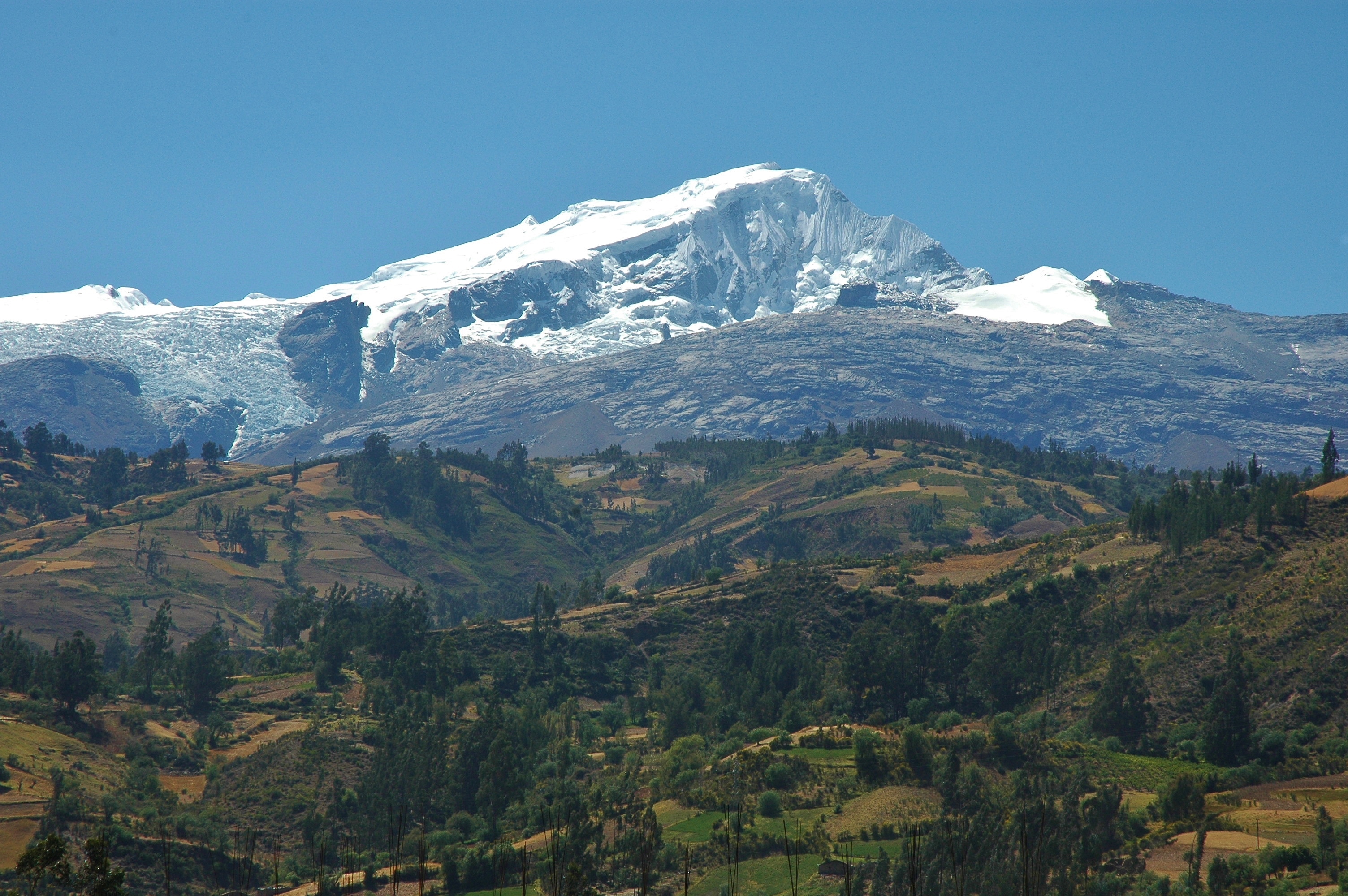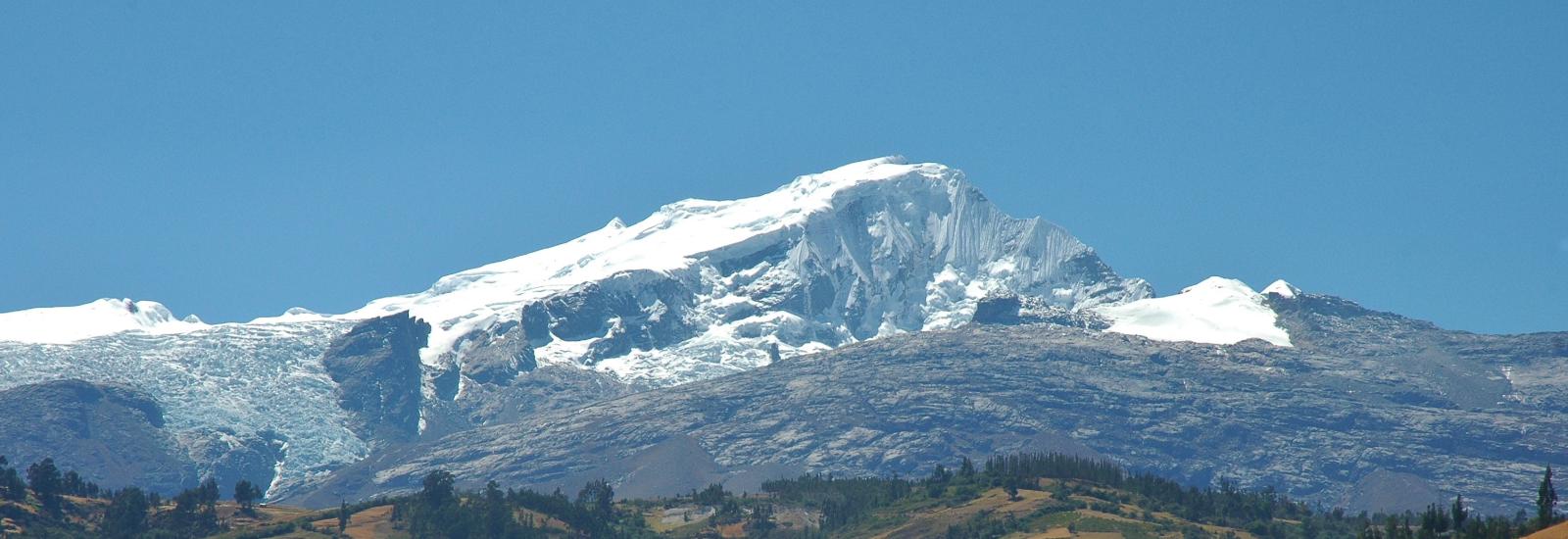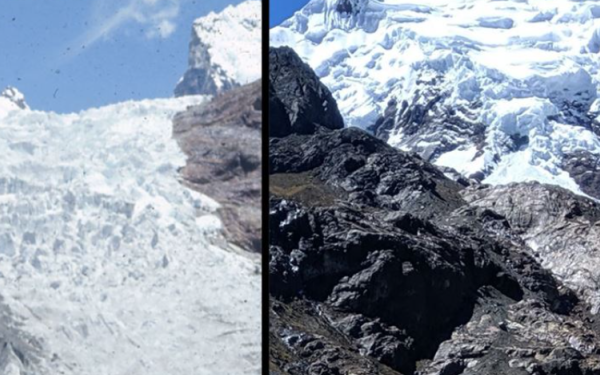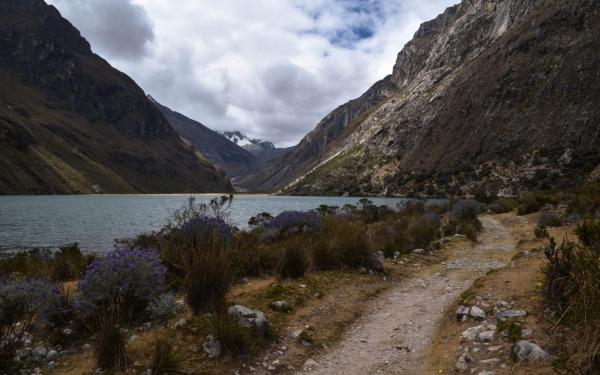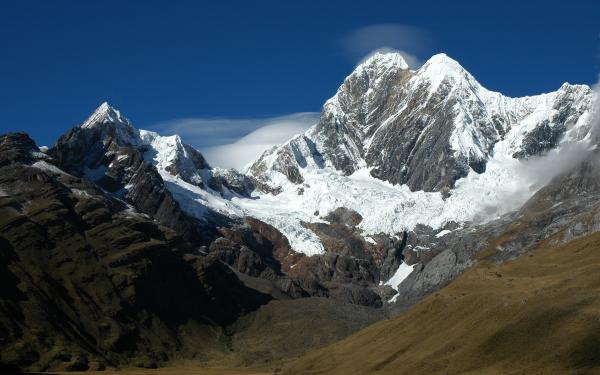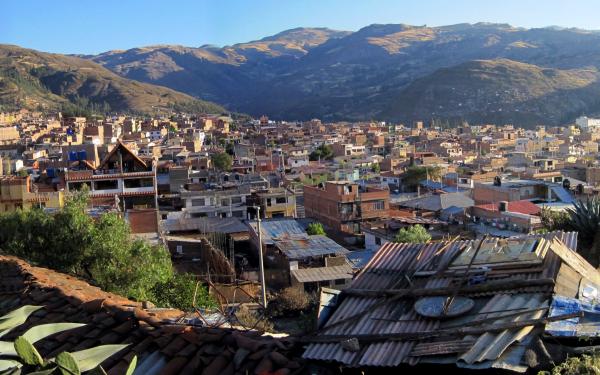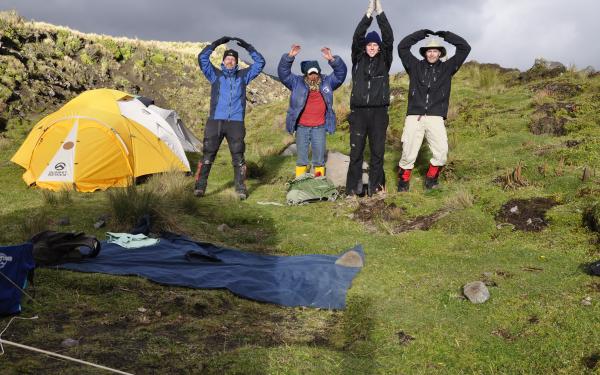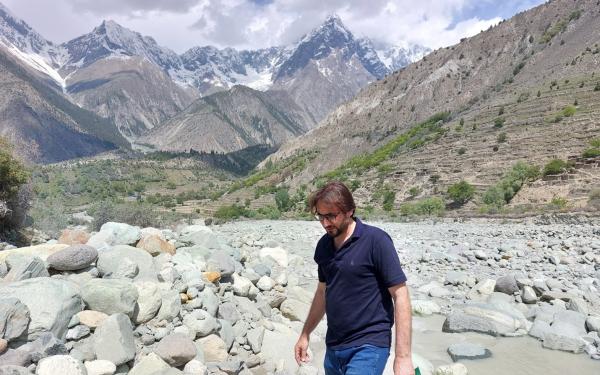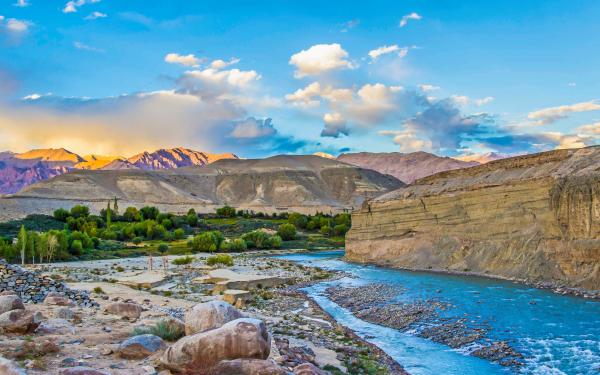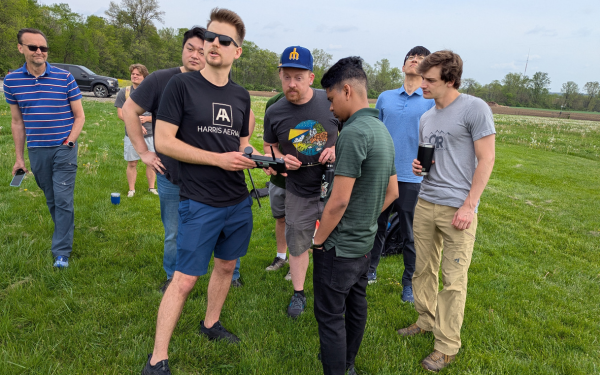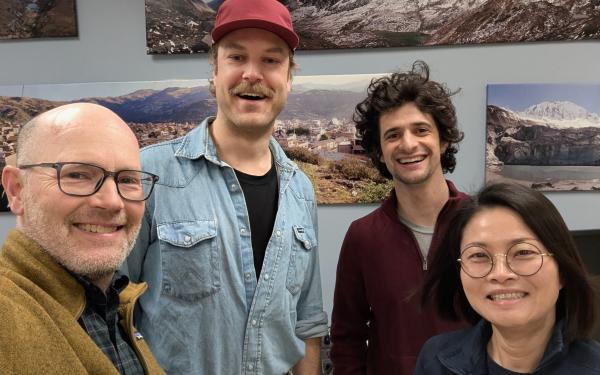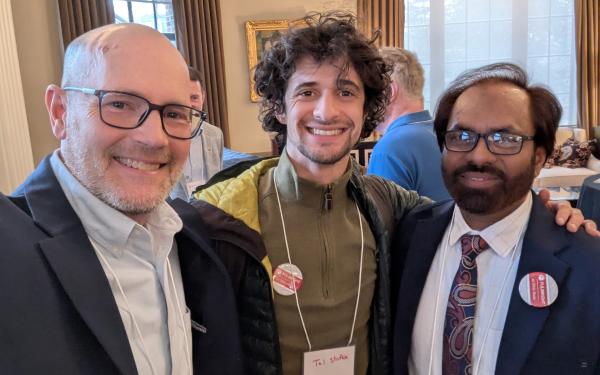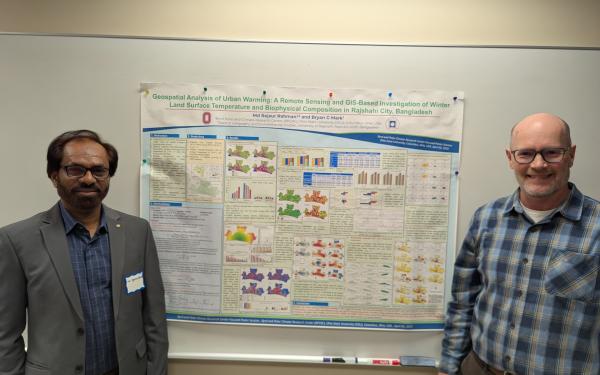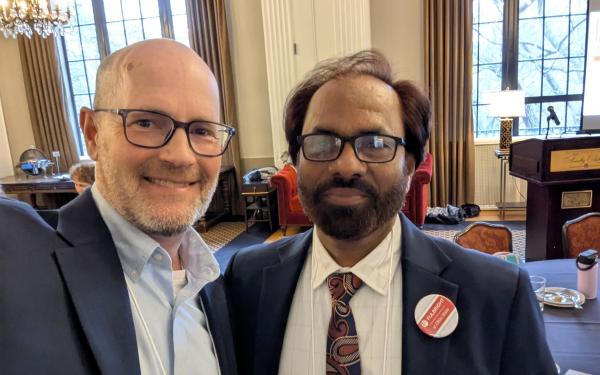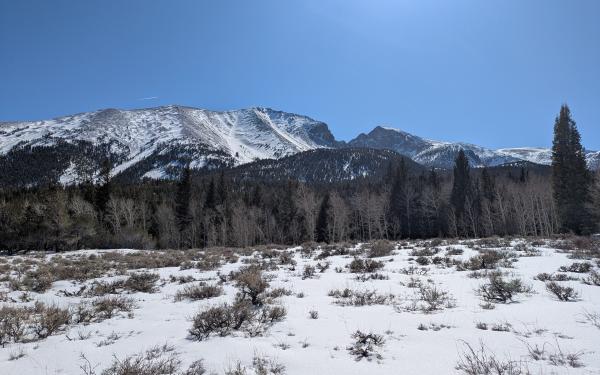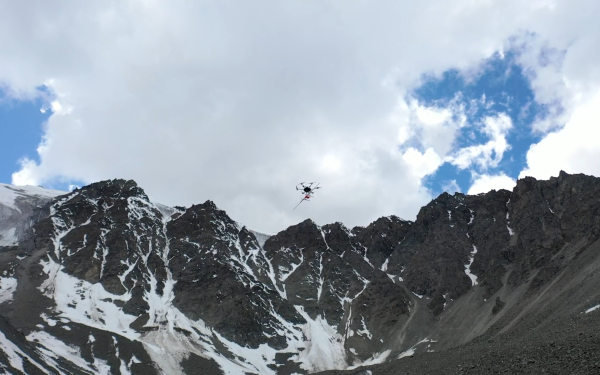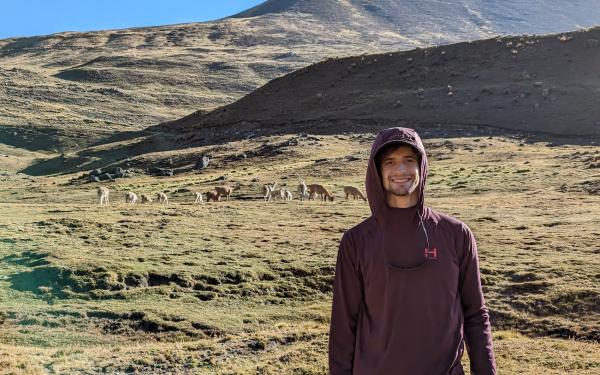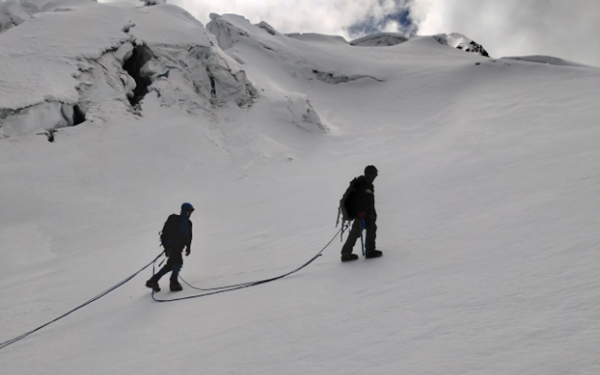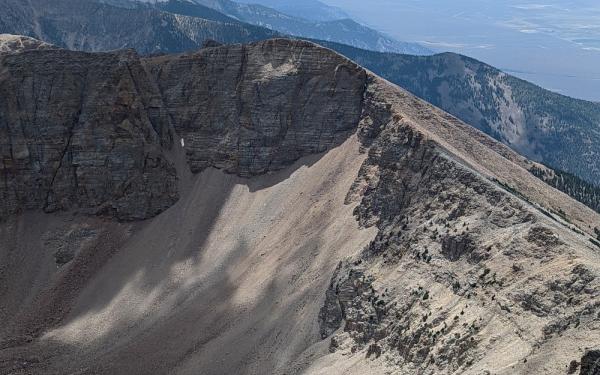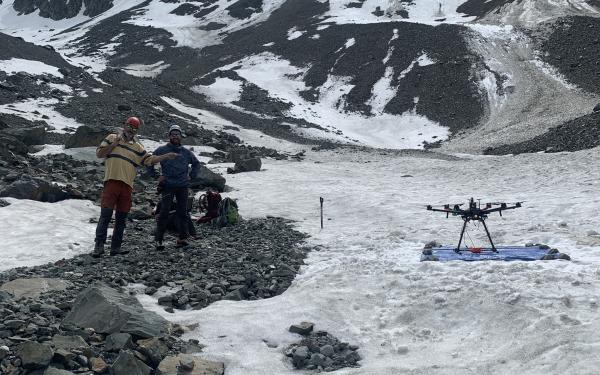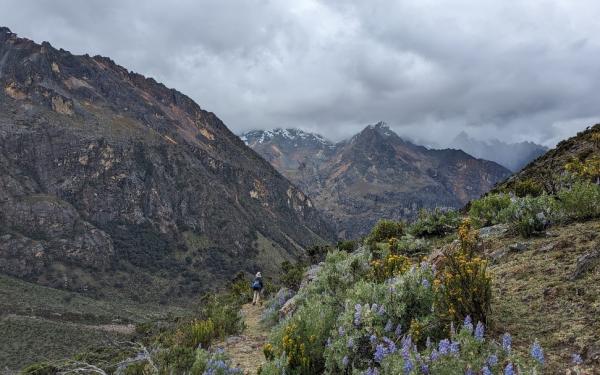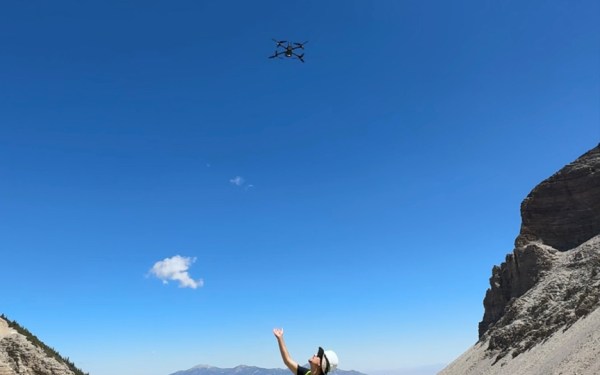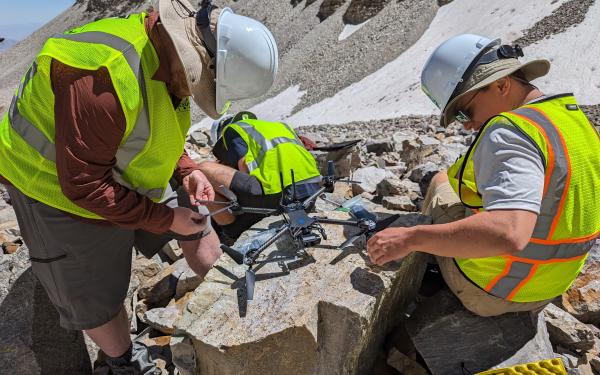The Glacier Environmental Change Group researches patterns, processes, and impacts of environmental change, mostly in glaciated regions. The group integrates methods of glacial geology, climatology, hydrology and biogeochemistry. Specializing in tropical mountain regions, they study sites along the American Cordillera, Africa, and Central Ohio.
"Peak Perspectives: Climate Change Fieldwork in the Peruvian Andes" is an engaging video featuring a diverse group of international researchers and students from across the Americas who collaborated during the Glacier Environmental Change Group's Peru fieldwork, sharing their perspectives on the environmental transformations affecting this critical region.
Peak Perspectives: Climate Change Field Work in the Peruvian Andes from Byrd Center - Ohio State on Vimeo.
Current News and Student Research
Great Basin Research Experience (GBEX)
Great Basin research Experience (GBEX) is an annual physical geography field research excursion to Great Basin National Park. Since 2006 faculty, staff and students from the Department of Geography have been conducting research in the Park in a number of areas including paleoclimatology, climate of montane environments, fire history, hydrology, water chemistry and high resolution mapping techniques.
The Glacier Environmental Change Group stores Great Basin National Park data.
For more information about GBEX visit the Department of Geography's GBEX overview or contact Dr. Bryan Mark (Mark.9@osu.edu) or Jim DeGrand (DeGrand.1@osu.edu)
Glaciers impact environments and societies on different spatial scales, from valleys to mountain ranges and time scales, spanning far into Earth’s past. Understanding glacier environmental changes requires many techniques and perspectives. Precise measurements from sensors on satellites, airplanes, and UAVs quantify ongoing glacier volume changes; landforms and lake sediments reveal past glacier-climate changes; the hydrochemistry of surface waters reflects glacier melt contribution; and computer simulations help explain past and future dynamics.
The Glacier Environmental Change Group's research helps understand that:
- 71% of Earth's tropical glaciers are located in Peru.
- Glaciers in the outer tropics of Peru are subject to extended dry seasons. During this season, water from glacial runoff can be as high as 30% of the Santa River's total flow.
- Peak water is an idea that can be applied to persistent and accelerated glacier loss. Some watersheds in the Cordillera Blanca in Peru have already passed their peak water from glacier runoff.
- Agriculture, climate change perceptions, economic development, land use changes, and governance play vital roles in water resource availability. Adaptation to climate change is dependent on these factors in addition to changing quantities of glacier runoff.
